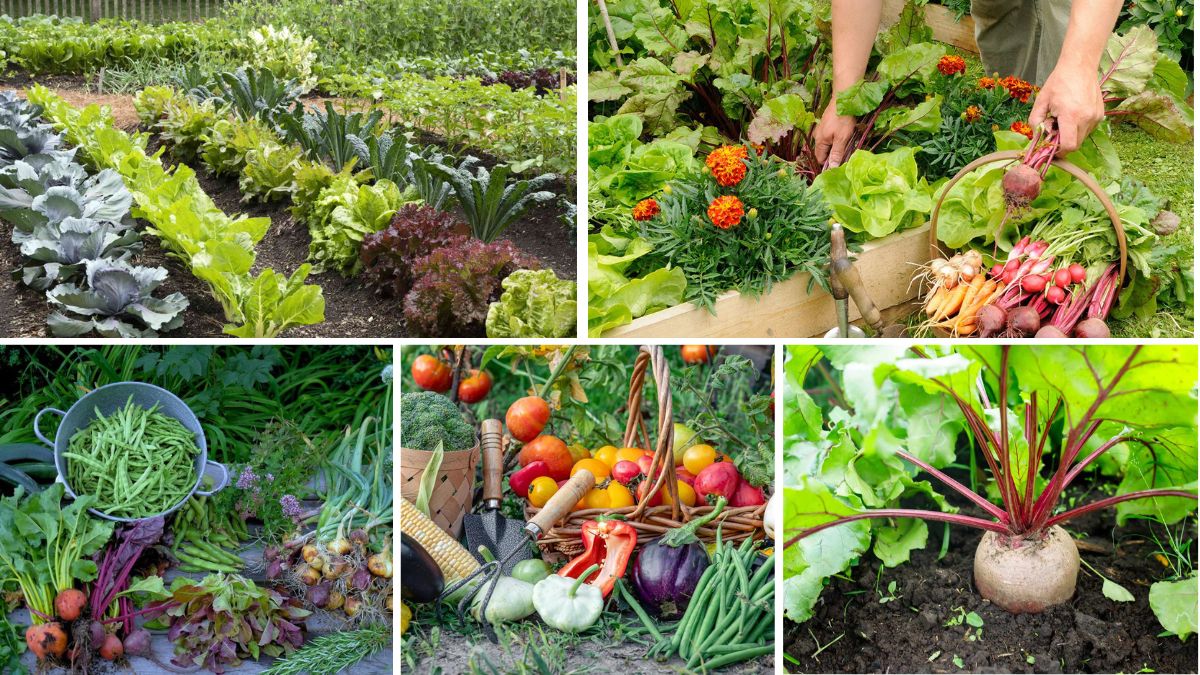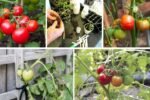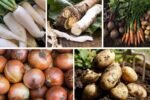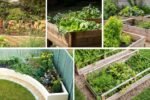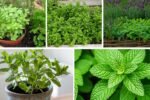Early spring is one of the most exciting times for gardeners. After months of cold and dormancy, the soil begins to thaw, the days grow longer, and the conditions become favorable for sowing and harvesting certain crops. For beginners and experienced gardeners alike, early spring presents an opportunity to grow fast-maturing vegetables and greens that not only provide fresh food but also boost confidence in gardening. Choosing the right crops for early spring harvest ensures you enjoy nutritious produce while setting the stage for a productive growing season.
This article explores the easiest crops to grow for early spring harvest, including their growth requirements, care tips, and benefits. Whether you are a novice gardener or someone looking to maximize your backyard or container garden, these crops will help you start the season strong.
Why Choose Crops for Early Spring Harvest?
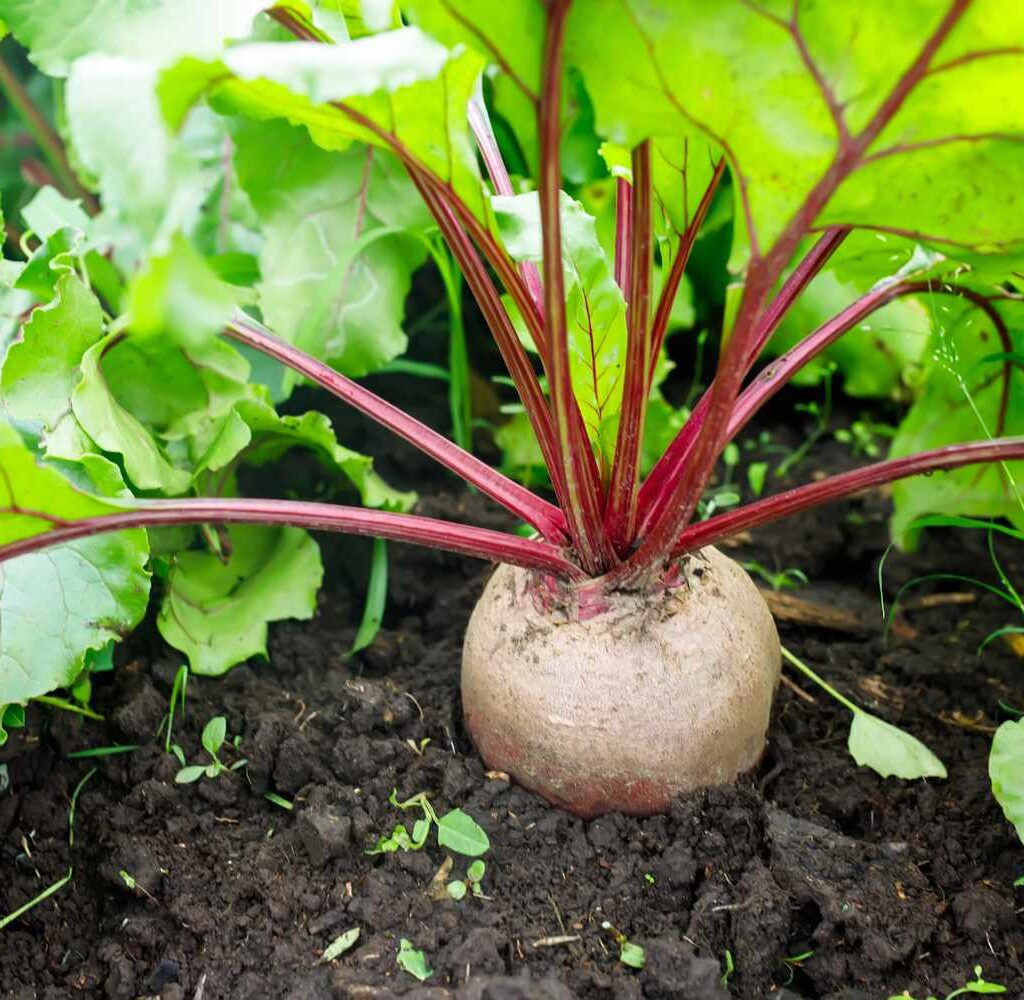
- Quick Maturity: Early spring crops are usually fast-growing and can be harvested within 20–60 days.
- Cool-Season Adaptability: Many crops thrive in the cool, moist conditions of early spring.
- Fresh, Nutritious Produce: Growing early crops ensures you get a healthy supply of greens and vegetables when fresh produce might still be limited in markets.
- Boosts Garden Productivity: Early harvests allow gardeners to clear space for warm-season crops like tomatoes, peppers, or cucumbers later.
Factors to Consider Before Planting
- Soil Preparation: Ensure soil is well-drained and enriched with compost or organic matter to encourage fast growth.
- Frost Tolerance: Choose crops that can withstand light frosts or protect them with cloches and row covers.
- Sunlight: Even in spring, most crops require 5–6 hours of sunlight daily.
- Watering Needs: Spring rains help, but ensure consistent moisture without waterlogging.
Top Easiest Crops for Early Spring Harvest
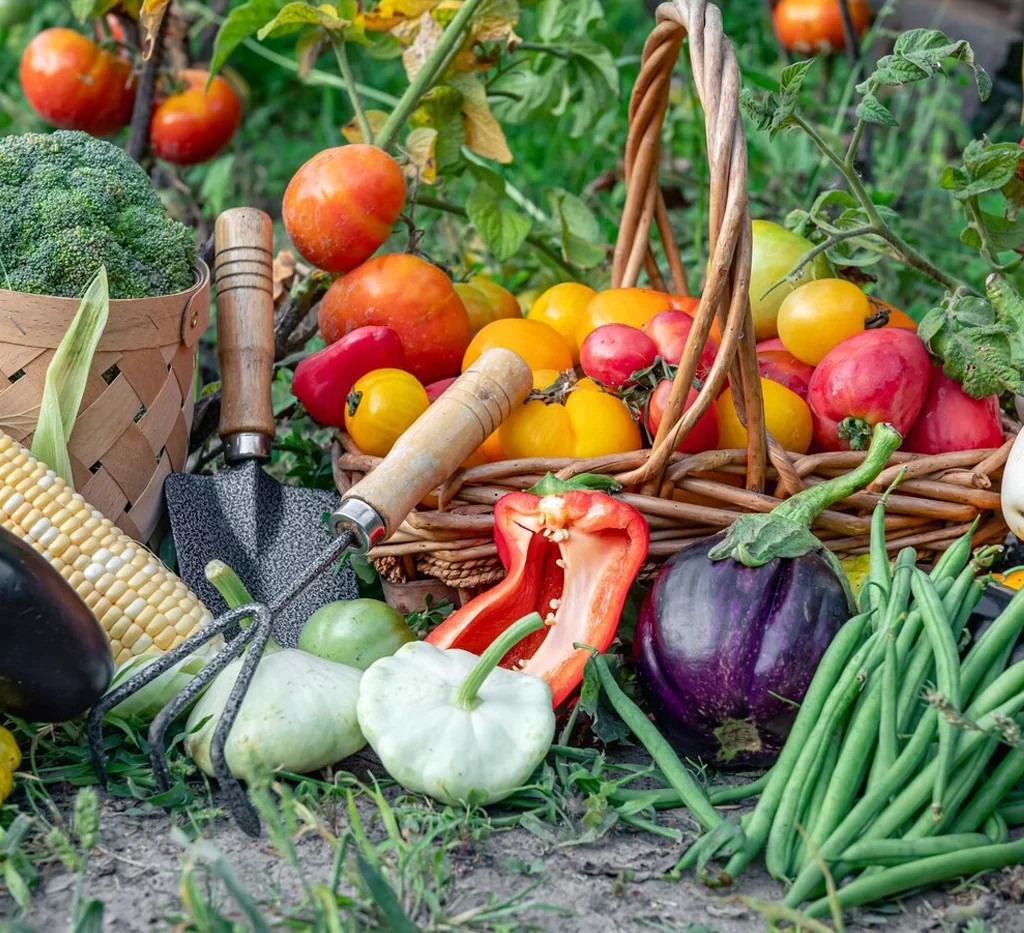
1. Radishes
- Harvest Time: 20–30 days.
- Why They’re Great: Radishes are one of the fastest-growing crops, perfect for impatient gardeners. They thrive in cool weather and can be planted directly in the soil as soon as it is workable.
- Care Tips: Sow seeds 1 inch apart, keep soil moist, and thin seedlings to avoid crowding.
- Benefit: Provides crunchy, peppery roots and edible leafy greens.
2. Spinach
- Harvest Time: 30–40 days.
- Why They’re Great: Spinach loves cool temperatures and can survive light frosts, making it ideal for early spring.
- Care Tips: Plant in nutrient-rich soil, water regularly, and harvest leaves as soon as they are big enough to eat.
- Benefit: Packed with iron, vitamins A and C, and antioxidants.
3. Lettuce
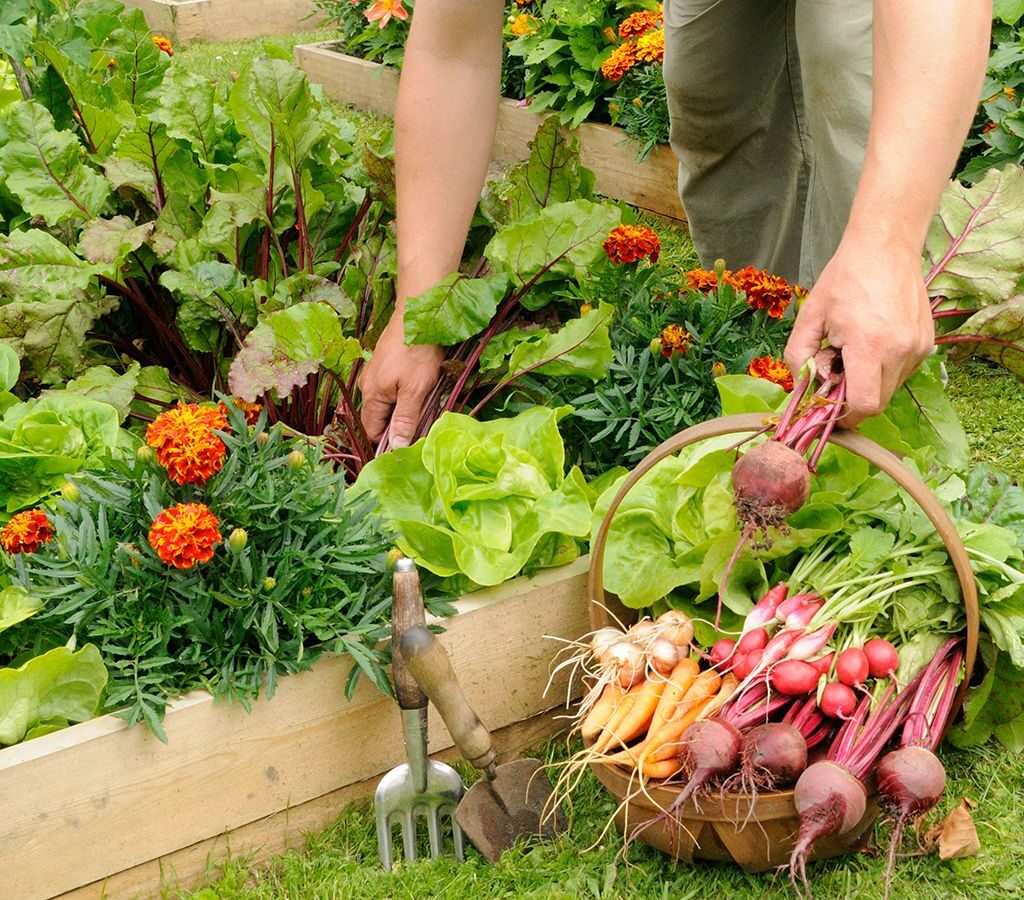
- Harvest Time: 30–45 days.
- Why They’re Great: Lettuce is versatile, fast-growing, and suitable for small spaces and containers. Loose-leaf varieties mature quicker than head lettuce.
- Care Tips: Plant seeds close together for baby greens or further apart for larger heads. Keep soil evenly moist.
- Benefit: Provides a steady supply of fresh, crunchy greens for salads.
4. Green Onions (Scallions)
- Harvest Time: 45–60 days (or earlier for smaller bulbs).
- Why They’re Great: Green onions are hardy and can tolerate cool weather. They require minimal space and can be grown in containers or garden beds.
- Care Tips: Plant sets or seeds in well-drained soil. Harvest the green stalks regularly to encourage continuous growth.
- Benefit: Adds flavor to soups, salads, and stir-fries.
5. Peas

- Harvest Time: 50–60 days.
- Why They’re Great: Peas are cool-season crops that grow quickly in early spring. Both garden peas and sugar snap peas are popular options.
- Care Tips: Sow seeds directly into the ground, provide support for climbing varieties, and water consistently.
- Benefit: Produces fresh, sweet pods that can be eaten raw or cooked.
6. Kale
- Harvest Time: 40–50 days.
- Why They’re Great: Kale is hardy and thrives in cool temperatures, even tolerating light frosts that enhance its flavor.
- Care Tips: Plant in nutrient-rich soil, harvest outer leaves regularly, and allow inner leaves to keep growing.
- Benefit: Rich in vitamins K, C, and calcium, making it a powerhouse superfood.
7. Beets
- Harvest Time: 50–60 days.
- Why They’re Great: Beets are dual-purpose crops—both the roots and leafy tops are edible. They germinate well in cool soil.
- Care Tips: Sow seeds 1 inch apart, thin seedlings for proper root development, and keep soil moist.
- Benefit: Provides nutritious greens early and sweet roots later in the season.
8. Arugula (Rocket)
- Harvest Time: 20–40 days.
- Why They’re Great: Arugula is a fast-growing leafy green with a peppery flavor, perfect for salads and garnishes.
- Care Tips: Scatter seeds and cover lightly with soil. Harvest young leaves to encourage continuous growth.
- Benefit: Adds a zesty, gourmet touch to dishes.
9. Turnips
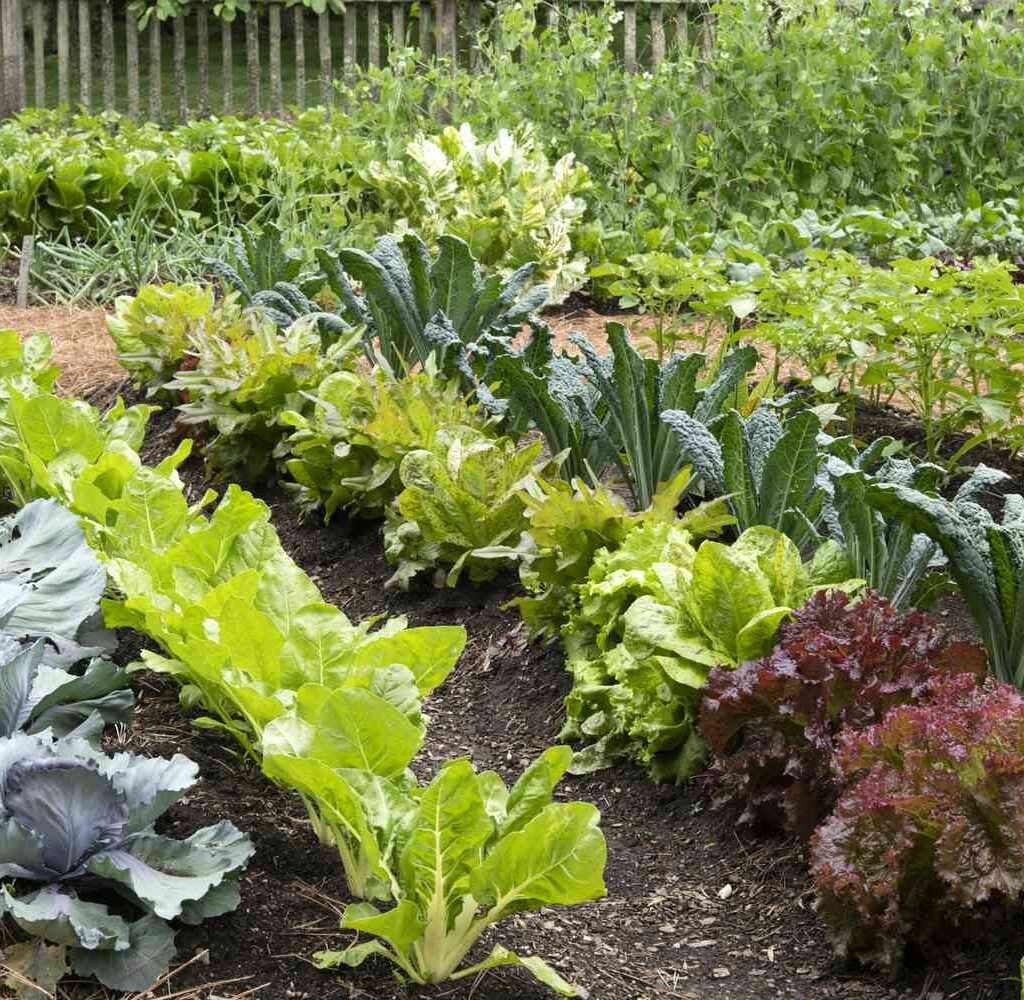
- Harvest Time: 30–60 days.
- Why They’re Great: Turnips are hardy root vegetables, and their greens can be harvested even earlier than the roots.
- Care Tips: Plant in rows, thin seedlings, and water regularly to keep roots tender.
- Benefit: Provides both edible greens and crunchy, flavorful roots.
10. Swiss Chard
- Harvest Time: 40–50 days.
- Why They’re Great: Swiss chard is a colorful, resilient crop that thrives in early spring. The leaves and stems can be harvested repeatedly.
- Care Tips: Plant in fertile soil, water consistently, and harvest outer leaves first.
- Benefit: A nutrient-dense vegetable rich in vitamins and minerals, and it continues to produce throughout the season.
Tips for Success with Early Spring Crops
- Use Row Covers: Protect young seedlings from unexpected frosts and pests.
- Succession Planting: Sow small batches every 1–2 weeks to ensure continuous harvest.
- Companion Planting: Pair early spring crops with herbs like dill or parsley to deter pests.
- Harvest Promptly: Many early crops are best when harvested young and tender. Delaying harvest can lead to bitterness or bolting.
Benefits of Early Spring Gardening
- Fresh Food Security: Access to organic, homegrown food earlier in the year.
- Budget-Friendly: Reduces grocery bills by supplying your own greens and vegetables.
- Improves Soil Health: Early crops help condition the soil for summer planting.
- Encourages Healthy Lifestyle: Engaging in gardening is both physically and mentally rewarding.
Conclusion
Growing crops for early spring harvest is a rewarding way to kick off the gardening season. With minimal effort and the right selection of crops, you can enjoy fresh, nutritious produce in just a few weeks. From quick-growing radishes and leafy spinach to hearty kale and beets, these crops thrive in cool conditions and are beginner-friendly. By preparing the soil, using simple protective measures, and harvesting regularly, you can maximize your garden’s productivity and enjoy a continuous supply of fresh food.
Starting with these easy crops not only ensures a bountiful early harvest but also sets the stage for a successful gardening year. Early spring is the perfect time to reconnect with the soil, embrace sustainable living, and enjoy the simple joy of growing your own food.
